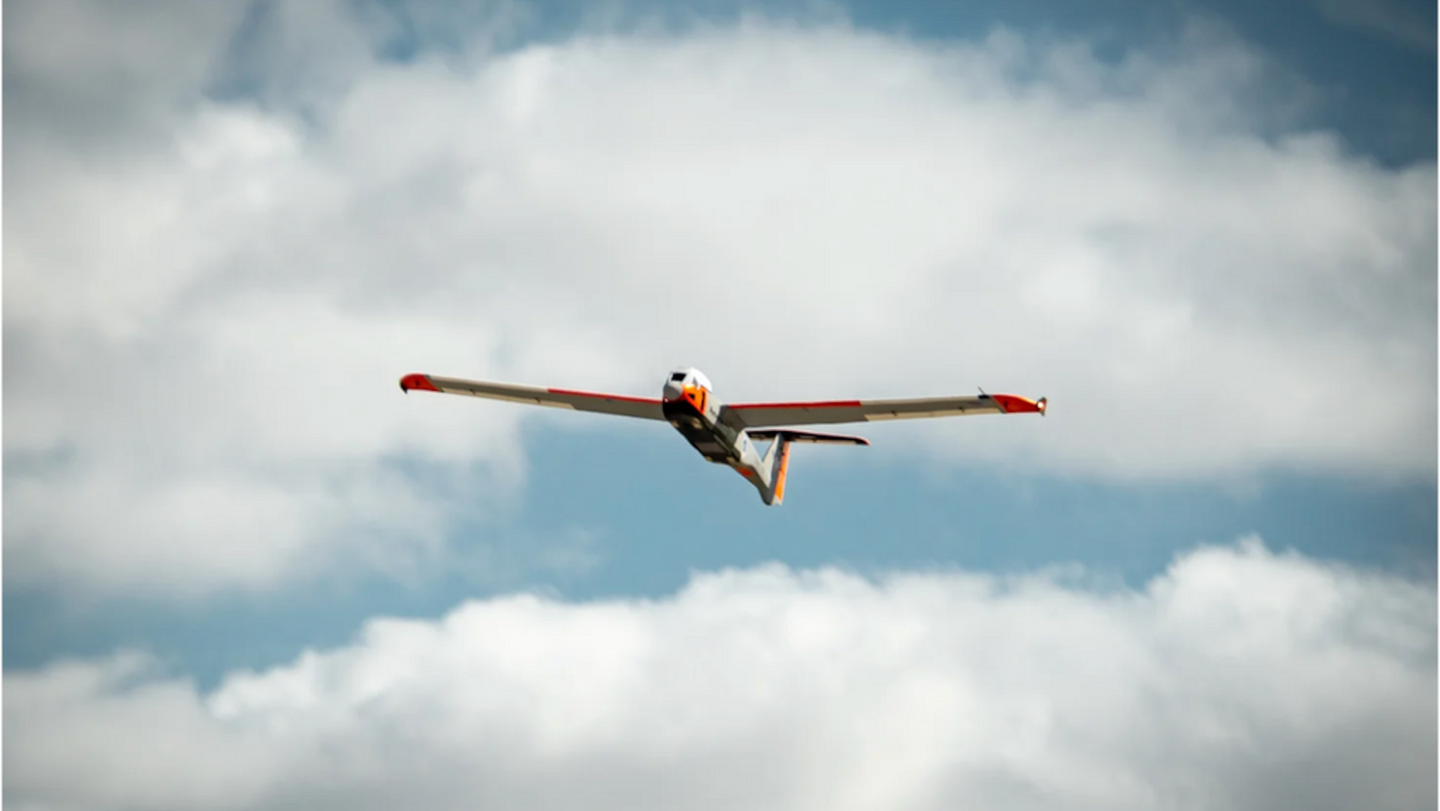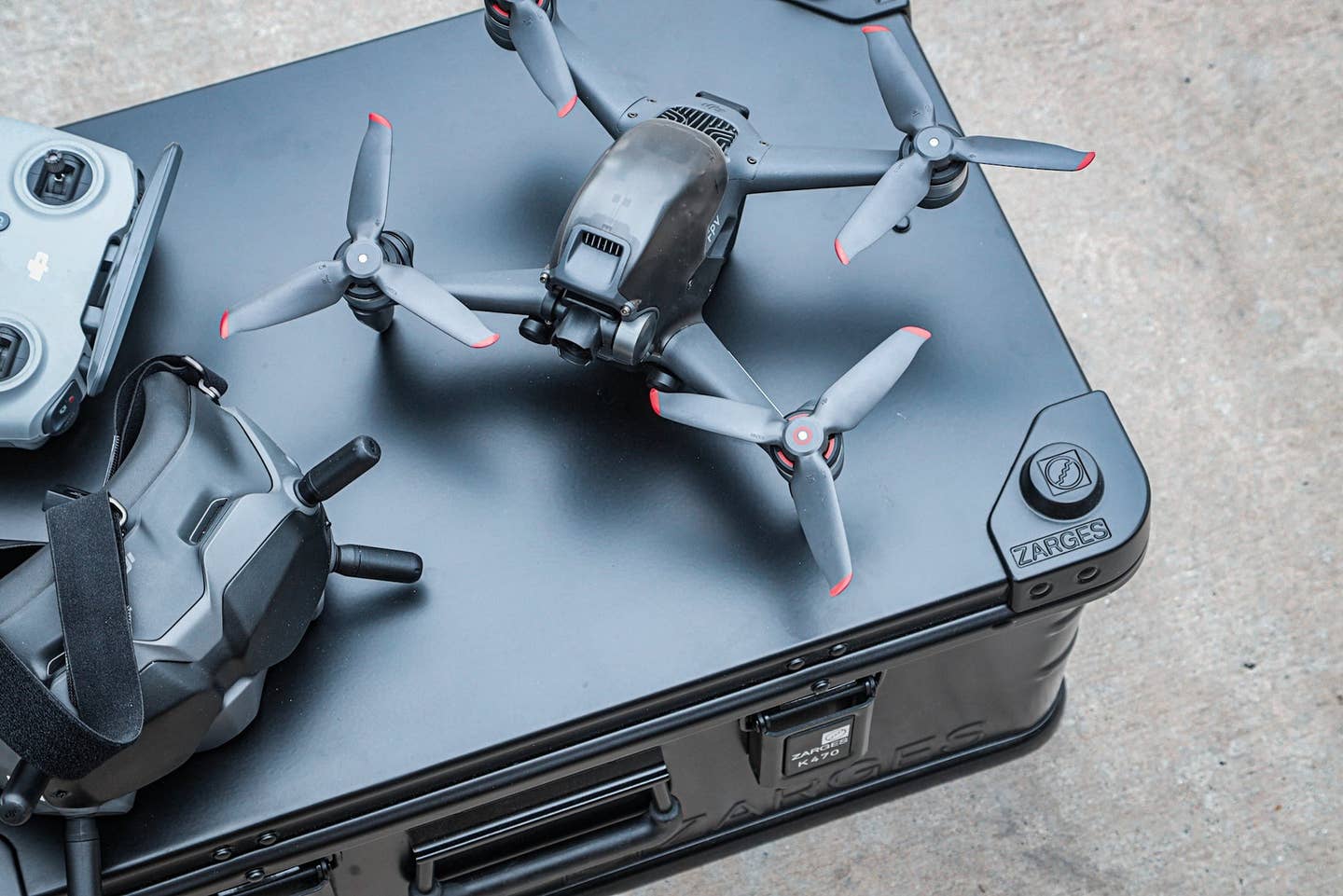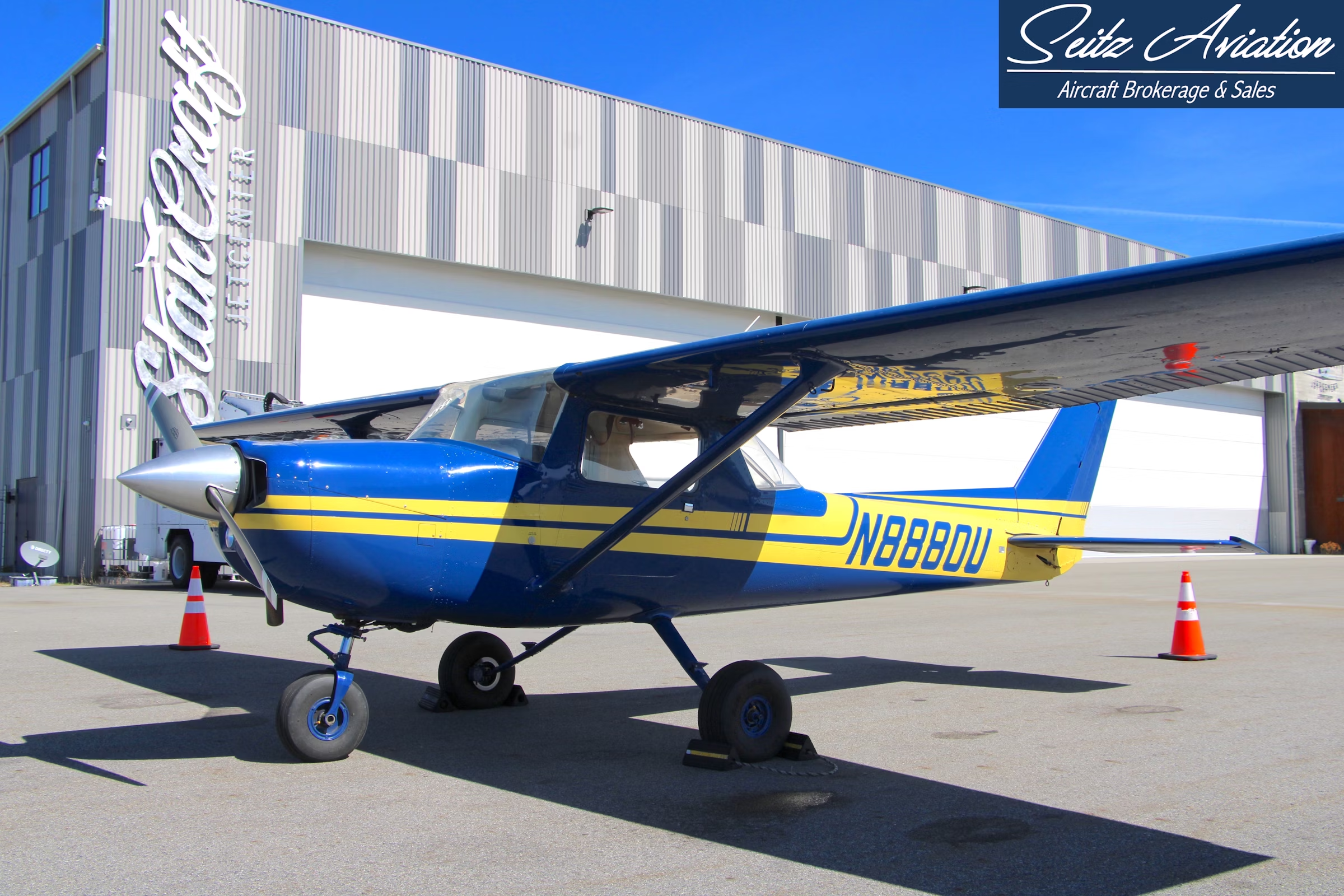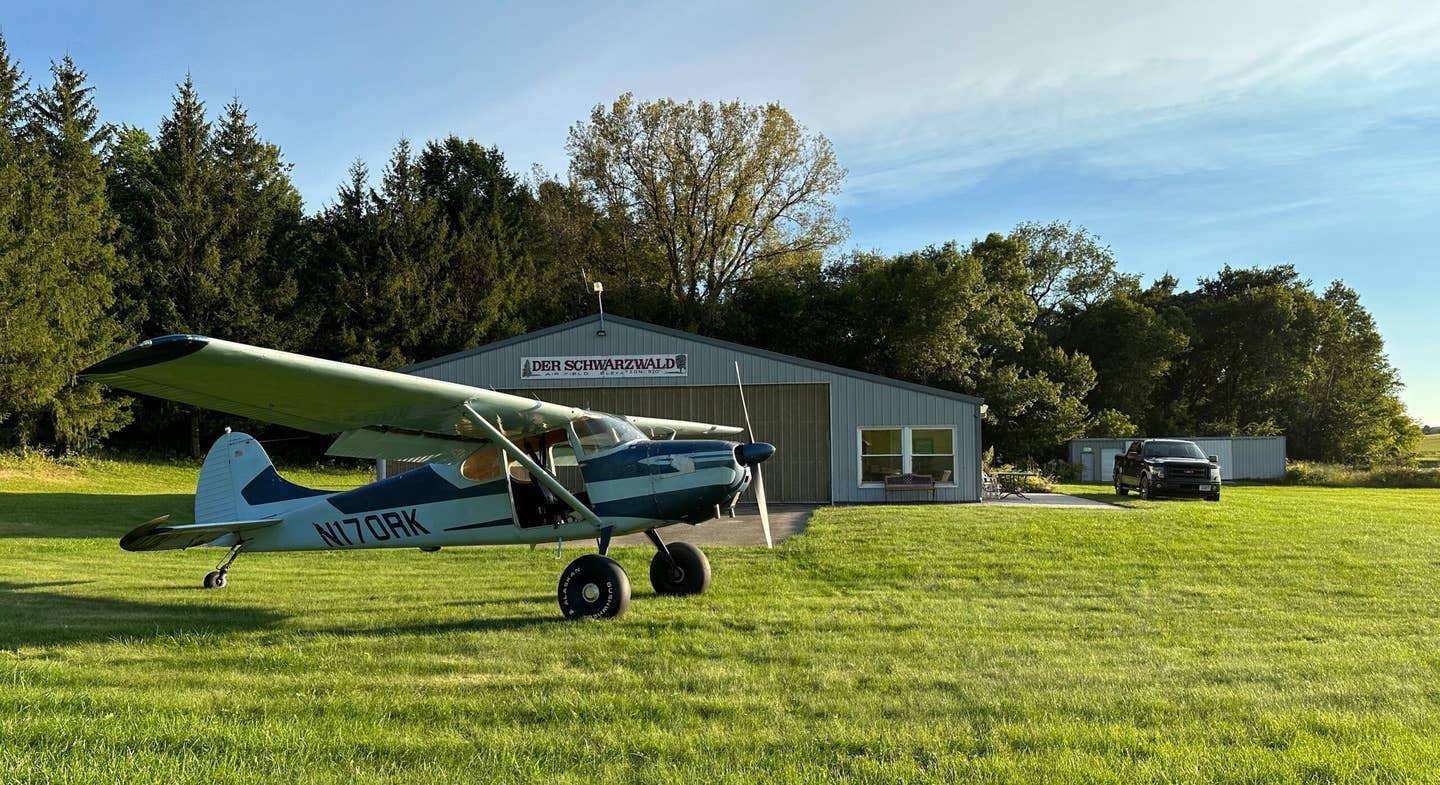Drone Manufacturer AATI Claims First-of-Its-Kind FAA Approval
American Aerospace Technologies Inc. says its AiRanger is the first drone of its size to be approved for commercial beyond visual line of sight (BVLOS) operations.

AATI claims its AiRanger drone is the first with its specifications to receive FAA approval for commercial BVLOS operations. [Courtesy: American Aerospace Technologies Inc.]
Unmanned aircraft systems (UAS) developer American Aerospace Technologies Inc. (AATI) says it has received the an FAA exemption for commercial beyond visual line of sight (BVLOS) operations of a drone weighing more than 55 pounds and flying above 400 feet. The FAA tells FLYING the exemption is the first for a drone with those specifications that does not require human observers to directly monitor flights.
The approval covers commercial BVLOS flights of AATI’s fixed-wing AiRanger drone in San Joaquin Valley, California. AiRanger will conduct pipeline surveillance and inspections on behalf of AATI partner Chevron Pipe Line Company (CPL), a subsidiary of oil and gas titan Chevron, which has helped develop the aircraft since 2019.
BVLOS is considered by many to be the pinnacle of drone regulations.
Under FAA rules, commercial drones must be flown within view of a human observer, which typically limits UAS service range and increases operational costs. In lieu of a final BVLOS regulation, which is still being developed, the agency awards waivers or exemptions for such operations on a case-by-case basis.
Most major drone operators, including Zipline and Wing, possess such approvals. AATI, though, says its exemption is the first for a UAS with AiRanger’s specifications.
The drone has a maximum takeoff weight of 220 pounds and can fly for up to 12 hours, with a range of about 750 sm (652 nm) and top altitude of 12,000 feet msl. It is intended to fly in civil airspace. AATI’s FAA waiver authorizes operations over a 4,350 square mile area at up to 8,000 feet msl.
“The uncrewed AiRanger eliminates the risk to flight crews on traditional patrol aircraft while producing 35 times less CO2,” said David Yoel, founder and CEO of AATI. “It is also capable of patrolling at 30 times the rate of BVLOS [small UAS] operating under 400 [feet].”
AiRanger is 10 feet long with an 18.2-foot wingspan and 75-pound payload, including fuel. The drone runs on a gasoline engine, typically cruising at 50 to 75 knots.
AATI partner Iridium—which provides AiRanger’s detect and avoid (DAA) and command and control (C2) capabilities via satellite connectivity—says the aircraft “is the first UAS to demonstrate compliance with industry consensus standards for the DAA system and meet FAA requirements for aircraft right of way BVLOS operations.”
According to CPL, the manufacturer conducted DAA demonstrations for the FAA and completed agency-observed testing that validated the system could stand in for human observers. A waiver for AiRanger followed shortly after, it says.
The UAS will initially be deployed for critical infrastructure patrol, threat detection, and reporting, according to AATI, first with CPL and primarily within the oil and gas sector. It can be configured for a range of applications and carry several different pieces of equipment at once, such as remote sensing, surveillance, and particulate sensors.
Like this story? We think you'll also like the Future of FLYING newsletter sent every Thursday afternoon. Sign up now.

Sign-up for newsletters & special offers!
Get the latest FLYING stories & special offers delivered directly to your inbox






